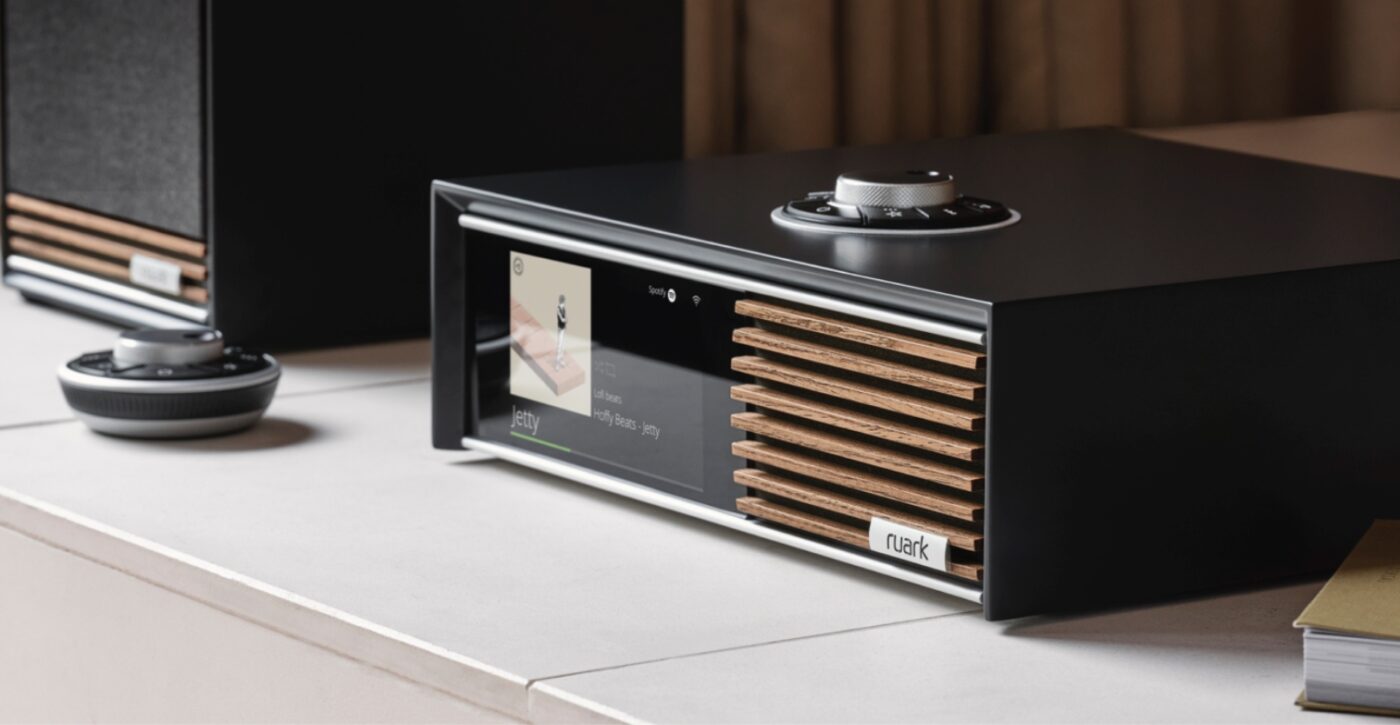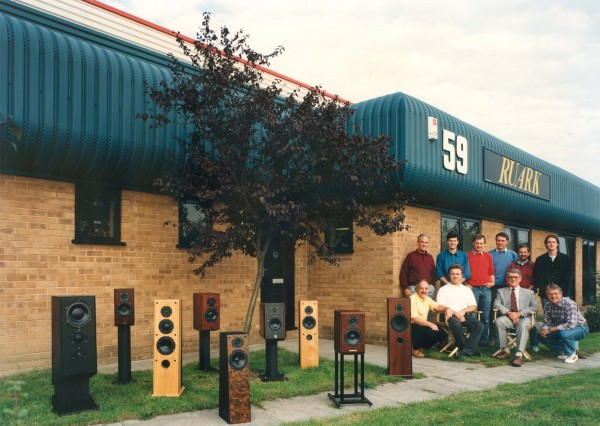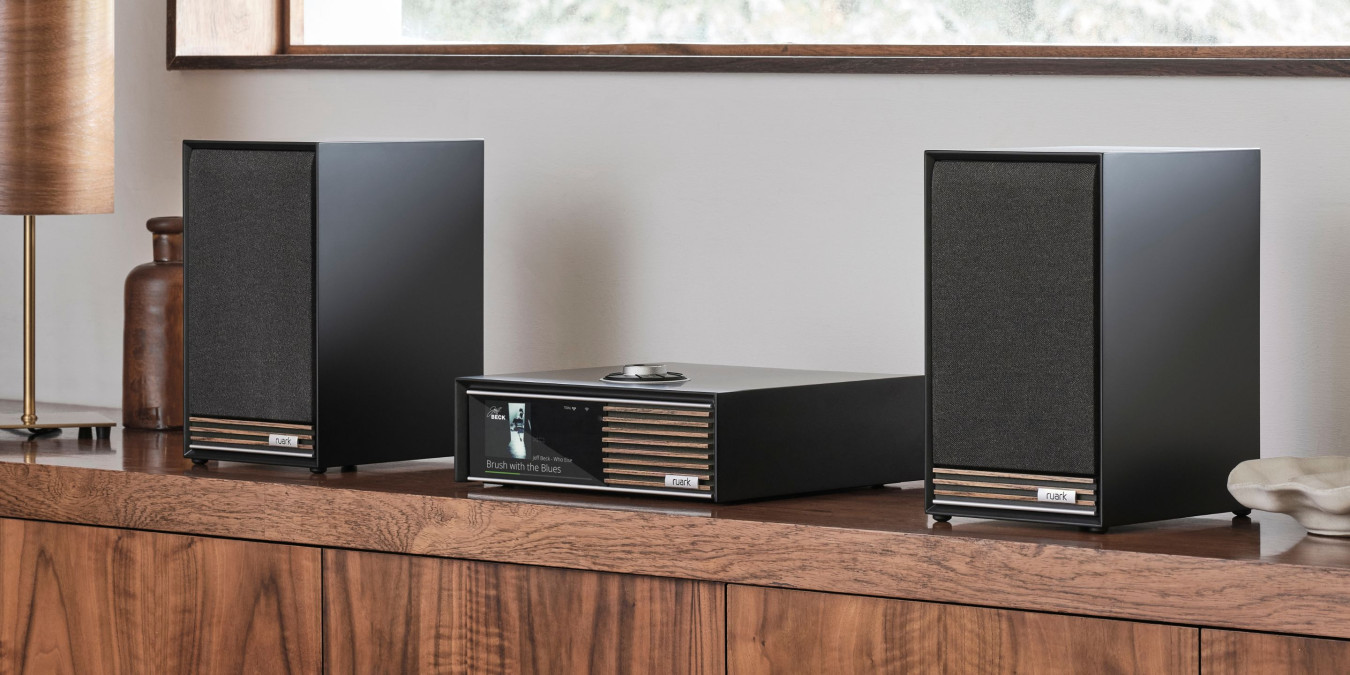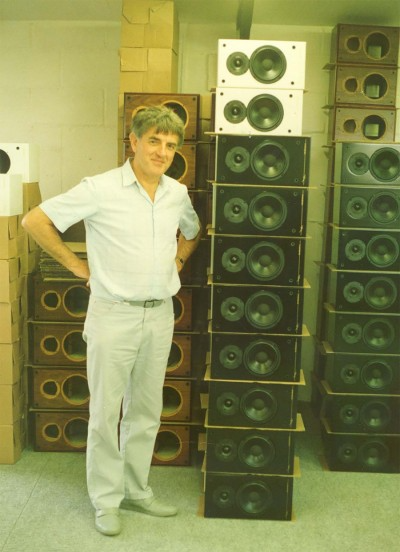Uncategorized
The Material Heritage of Ruark’s R610 & R410 Systems
Touch the hand-crafted wooden grilles of a Ruark R610 or R410 system, and you’re connecting with nearly forty years of material expertise. These aren’t just audio components – they’re artefacts of a disappearing craft tradition, where every surface tells the story of skilled hands and patient techniques.
The Woodworker’s Legacy
Brian O’Rourke’s journey began as a furniture maker, where he painstakingly learnt the woodworking skills that would ultimately shape his work in radio and TV cabinet production during the 1950s and 1960s. This foundation in traditional joinery established standards that remain visible in every Ruark product today.
The wooden lamella grilles that define the R610 and R410 aesthetic aren’t decorative afterthoughts – they’re expressions of this woodworking heritage. Each slat is individually crafted and positioned, creating the subtle variations in grain and colour that mark true handwork versus machine production.
Sustainable Sophistication
The eco-friendly veneers are skilfully spliced and recomposed to resemble slow-growing hardwoods with unique and eye-catching grain patterns. This technique represents the evolution of traditional woodworking – maintaining aesthetic excellence while embracing modern environmental responsibility.
The fused walnut finish available on both systems showcases this approach perfectly. Rather than harvesting slow-growing walnut trees, Ruark’s craftsmen create patterns that rival natural grain through careful composition and finishing. The result maintains the visual richness of traditional wood while supporting sustainable practices.
Precision Metalwork
The metal components throughout the R610 and R410 systems showcase equal attention to material excellence. The RotoDial controllers are precision-machined from solid metal, providing the satisfying heft and mechanical precision that characterised classic hi-fi controls. This isn’t cost-cutting disguised as minimalism – it’s maximum material quality expressed through thoughtful design.
The Sabre-R speakers continue this material philosophy. Hand-crafted and clad with finishes usually found only on fine furniture, they bring understated elegance to both classic and contemporary interiors. The binding posts, driver frames, and grille hardware all reflect this commitment to material permanence.


The Texture of Tradition
The wooden lamellas deliberately evoke the style of nineteen-seventies music centres, when audio equipment was expected to complement fine furniture rather than hide from it. This textural richness creates visual depth that modern plastic enclosures simply cannot match.
Run your hand across the R610’s surface, and you experience the subtle variations that mark genuine craftsmanship – the slight grain variations in the wood, the precision edges of the metal components, the satisfying click of mechanical switches. These tactile qualities connect users to the manufacturing process in ways that smooth plastic surfaces cannot.

Built to Endure
The material choices reflect a philosophy of permanence rare in consumer electronics. With many customers still enjoying their original Sabre loudspeakers from 1985, the new systems have been designed to last and enthral new generations. This longevity stems directly from material quality – woods that improve with age, metals that resist corrosion, finishes that develop character rather than simply wearing out.
The R-CD100 transport exemplifies this approach with its precision-machined aluminium chassis and acoustically isolated construction. The matching build quality features machined aluminium top with Fused Walnut cabinet, designed to pair perfectly with the R410, R610, and R810.

Craftsmanship as Statement
In an era of injection-moulded plastic and printed circuit aesthetics, Ruark’s material choices represent a quiet rebellion. Ruark’s ethos has always been to design products that they themselves would be proud to own, and this pride manifests most clearly in material selection and finishing.
The R610 with Sabre-R Speakers and R410 systems prove that materials matter – not just for durability or acoustic performance, but for the emotional connection between user and object. When audio equipment is built with the care typically reserved for fine furniture, it transcends mere functionality to become something genuinely treasured.
These systems don’t just play music – they embody the material heritage of an era when craftsmanship was its own reward, and beauty was considered essential rather than optional.



